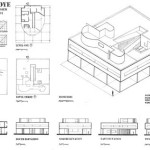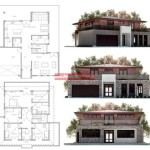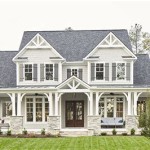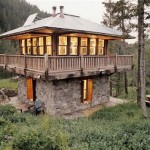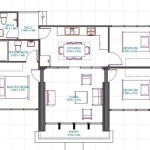Essential Aspects of Small Traditional Kerala House Plans
Kerala, the southernmost state of India, is renowned for its distinctive architectural style that seamlessly blends tradition with modernity. Small traditional Kerala house plans are particularly captivating, offering a harmonious balance of aesthetics, functionality, and cultural significance.
Here are some essential aspects of small traditional Kerala house plans that make them so appealing:
1. Sloped Roofs
Traditional Kerala houses feature steeply sloping roofs covered in terracotta tiles or thatched materials. These roofs not only provide protection from the elements but also create a striking visual element. The slope allows for proper drainage during heavy rainfall, a common occurrence in Kerala.
2. Courtyard Spaces
Known as "naalukettu," the traditional Kerala courtyard acts as the heart of the home. It is a central open space surrounded by rooms and verandas. The courtyard serves as a gathering place for family and friends, provides natural light and ventilation, and adds a touch of greenery to the house.
3. Extensive Use of Wood
Wood, particularly teak and rosewood, is a predominant material in Kerala house plans. It is used for the construction of the framework, doors, windows, and interiors. The warmth and durability of wood create a cozy and inviting atmosphere.
4. Ornate Facade
Traditional Kerala houses are known for their ornate facades adorned with intricate carvings and moldings. The carvings depict mythological scenes, floral motifs, or auspicious symbols. These embellishments add an element of grandeur and artistic flair to the exterior of the house.
5. Verandas and Balconies
Verandas and balconies play a significant role in Kerala house designs. They connect the indoors with the outdoors, providing spaces for relaxation, socializing, and enjoying the surrounding beauty. Verandas are often supported by elegant columns or pillars.
6. Integration of Nature
Traditional Kerala houses emphasize the harmonious connection between architecture and nature. They often feature lush courtyards, balconies with creeper plants, and water features like ponds or fountains. This integration of nature brings a sense of serenity and tranquility to the living space.
7. Sustainability and Climate Responsiveness
Small traditional Kerala house plans prioritize sustainability and climate responsiveness. The sloping roofs facilitate natural ventilation, while the thick walls provide insulation against heat and humidity. The use of natural materials and energy-efficient appliances ensures eco-friendliness.
8. Flexible Floor Plans
Traditional Kerala house plans are designed with flexibility in mind. The modular nature of the rooms and courtyard space allows for easy expansion and modification as the family grows or changes over time.
Conclusion
Small traditional Kerala house plans are a testament to the rich cultural heritage and architectural ingenuity of the region. Their distinct features, ranging from sloping roofs to ornate facades, create timeless and functional living spaces. By incorporating these essential aspects, one can create a truly authentic and enchanting Kerala home that embodies the essence of tradition while meeting the needs of modern living.

550 Sqft Low Cost Traditional 2 Bedroom Kerala Home Free Plan Planners

3 Bedroom Budget Traditional Kerala Home For 22 Lakhs In 5 Cent Plot Planners

Kerala House Designs 20 Simple And Modern Ideas 2024

Single Floor House Designs Kerala Planner

Kerala Traditional Home With Plan Design And Floor Plans 9k Dream Houses

Pin By Harishma Harilal On House Ideas Farmhouse Style Plans Village Design Kerala Traditional

Traditional Kerala Style House In Great Looking Design

Lovely Kerala Home Design In Just 5 Lakhs Low Budget Traditional Plan Planners

Latest Traditional Kerala Home Design With Free Plan 3 Bedroom Building House Plans Designs Beautiful

A Moderately Budgeted House In Mayannoor With Traditional Features Lifestyle Decor English Manorama

